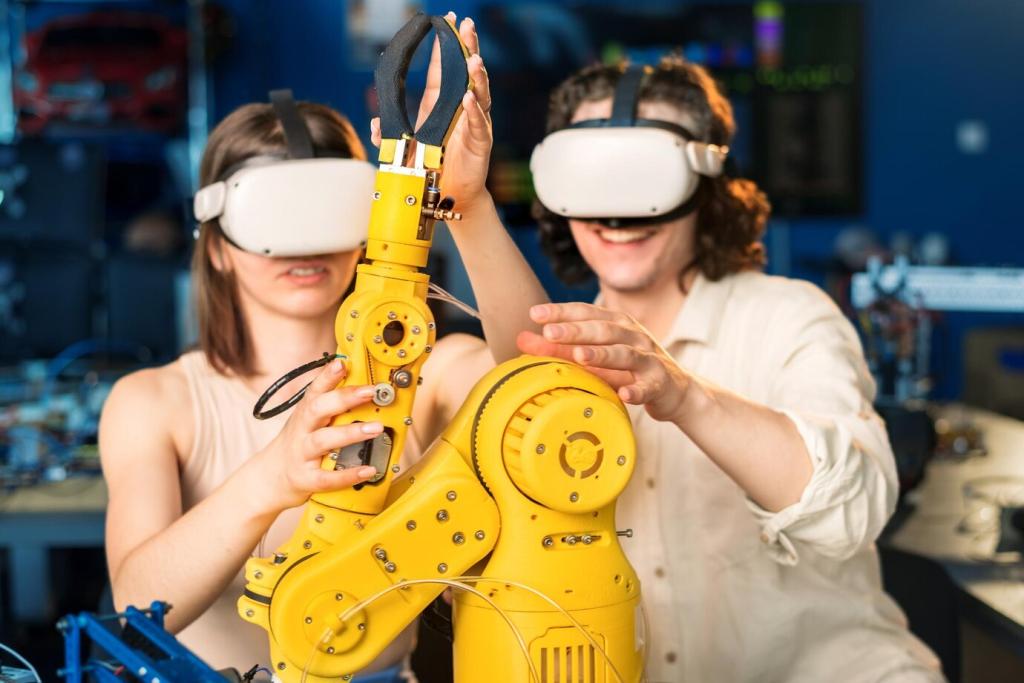Designing Scope and Sequence That Spirals Skills
Start with tangible cause-and-effect: press a button, something moves. Pair robots with picture books to create characters who need help crossing a bridge or delivering a letter. Students build wheels that stay on, test simple paths, and narrate what changed. Introduce if-then thinking as playground language—If the mat is red, stop!—and turn debugging into a detective game. Keep lessons short with movement breaks, and capture learning through drawings and verbal explanations rather than long written reflections.
Designing Scope and Sequence That Spirals Skills
Spiral skills by adding sensors, loops, and multi-step planning. Introduce design briefs with constraints: build a delivery bot that travels 2 meters, turns right, and avoids a bright light. Students storyboard algorithms, test with checklists, and track revisions. Add data talk—How many tries until it works?—to normalize iteration. Emphasize teamwork rituals like roles and hand signals to protect focus and kindness while the room buzzes with exciting tests and delightful near-misses.










